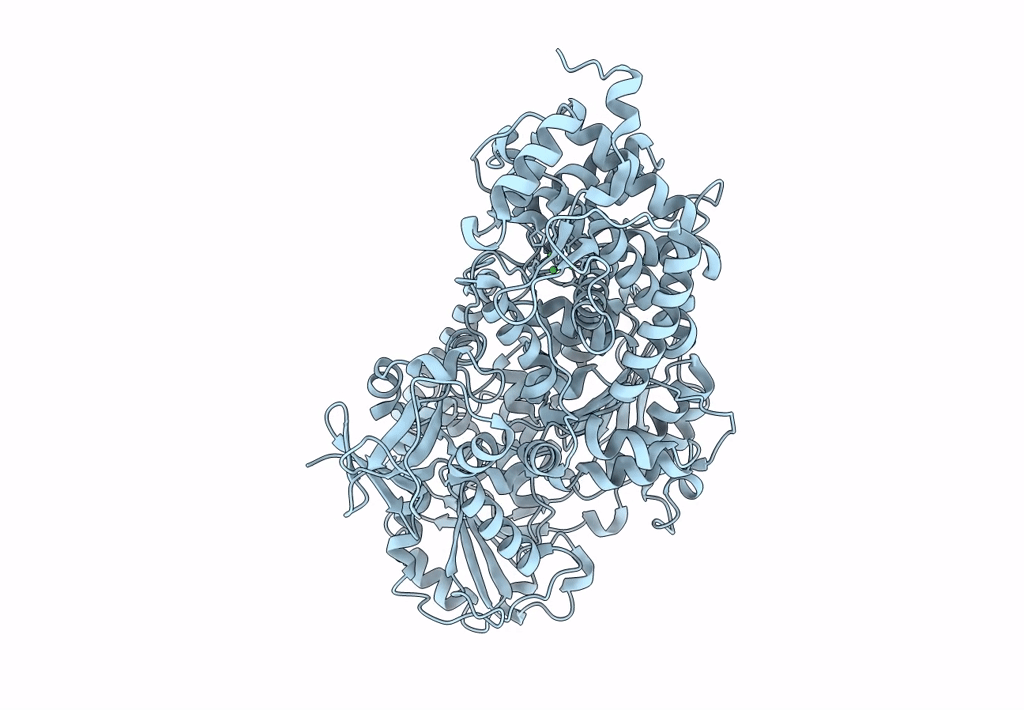
Deposition Date
2014-04-07
Release Date
2014-11-19
Last Version Date
2024-10-30
Entry Detail
Biological Source:
Source Organism:
Thermobaculum terrenum (Taxon ID: 525904)
Host Organism:
Method Details:
Experimental Method:
Resolution:
2.50 Å
R-Value Free:
0.22
R-Value Work:
0.19
R-Value Observed:
0.19
Space Group:
C 2 2 21


